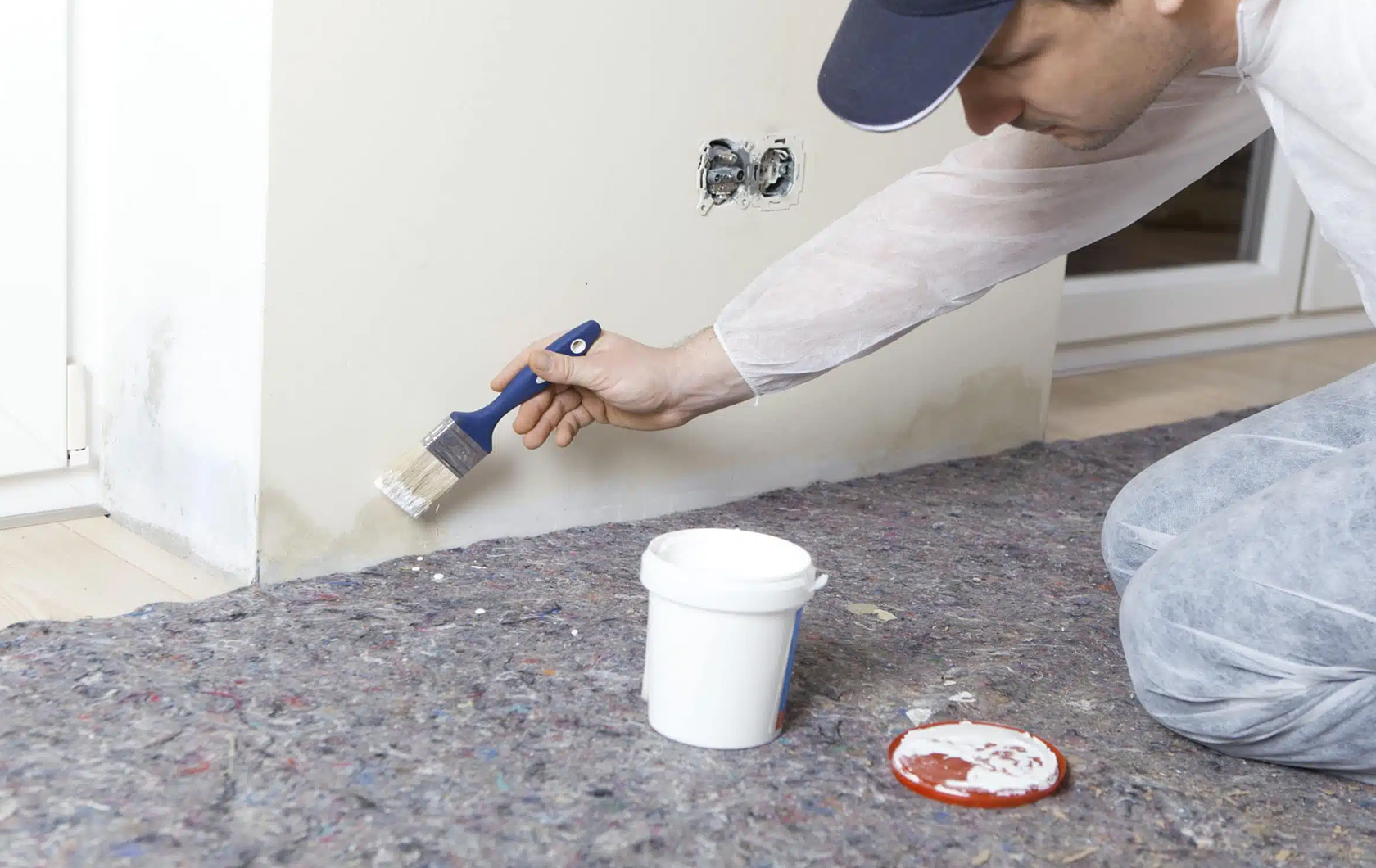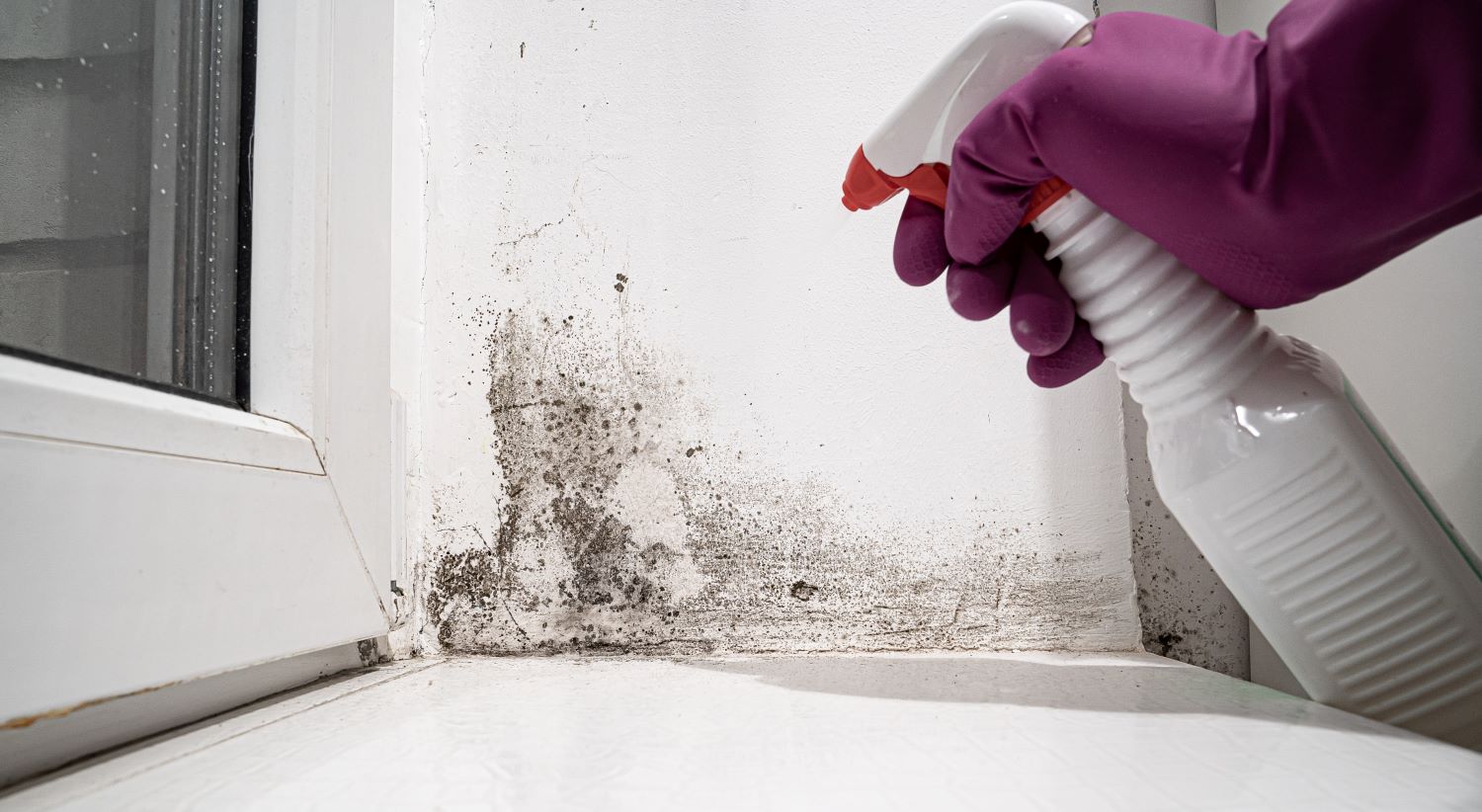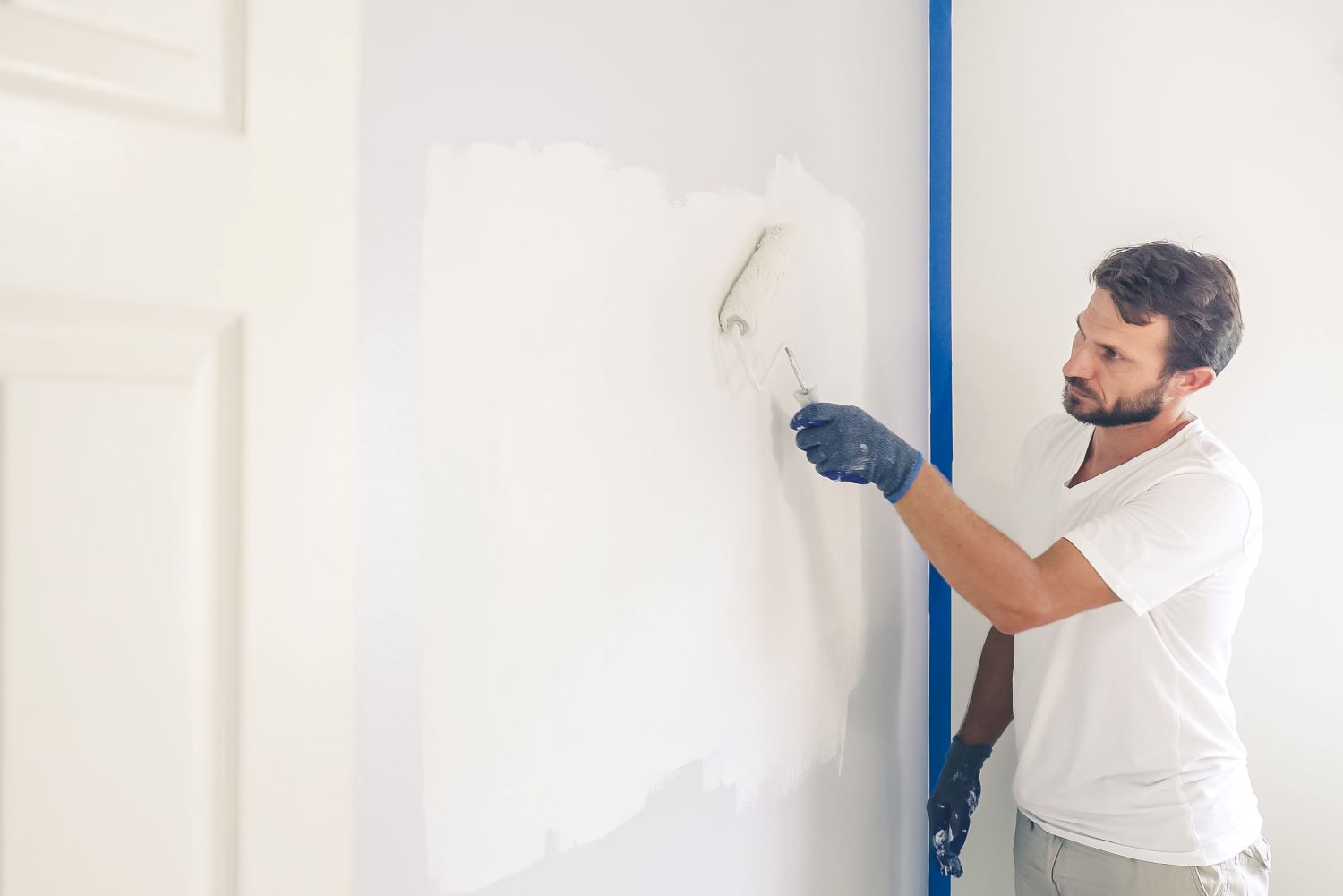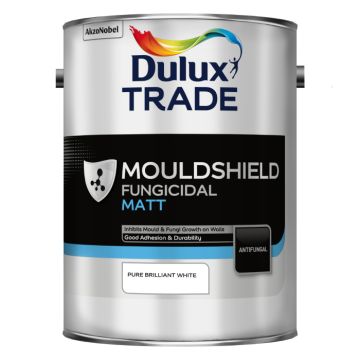
How to Paint Over Damp or Mould-Stained Walls
Painting over damp or mould-stained walls can transform your space while ensuring long-lasting results. However, addressing these issues requires the right preparation, products, and techniques. This guide will show you how to paint over damp or mould-stained walls with ease, helping you achieve a clean and professional finish.
What Makes Painting Over Damp or Mould-Stained Walls a Challenge?
Painting over damp or mould-stained walls isn’t straightforward. Achieving a durable and attractive finish requires treating the underlying problems first. Here are common challenges and how to overcome them:
- Persistent Mould: Failing to remove mould properly can result in it returning through the paint.
- Stain Bleed-Through: Damp stains often bleed through regular paints, ruining the finish.
- Adhesion Issues: Paint may not adhere properly to damp or untreated surfaces.
Approximately 40% of homes in the UK experience mould issues, often due to poor ventilation or high humidity levels. By following the steps below, you’ll learn how to effectively paint over damp or mould-stained walls, using the right products to ensure success.

How to Treat Damp or Mould Before Painting?
It is really important to address the mould before simply painting over it. Her's some of the reasons why you need to treat the mould first:
- Protect Your Health: Mould can cause respiratory issues and allergies if left untreated.
- Improve Longevity: Properly treated walls last longer, preventing recurring stains and damage.
- Aesthetic Appeal: Removing damp stains and treating mould ensures a clean, professional-looking finish.
Treating mould is like fixing a leak before painting a ceiling - ignoring the root cause will only lead to recurring issues.
How to Treat Mould to Prevent Recurrence:
- Wear approprite PPE - gloves, a mask, and safety glasses
- Use a mould remover like Zinsser Mould Killer & Remover Spray to eliminate spores at the source.
- Clean the walls with a surface cleaner to remove dirt and residue.
- Ensure the area is fully dry before applying primers or paints to avoid trapping moisture.
- Fix any building deficiencies, like faulty insulation or inadequate ventilation to reduce humidity and prevent mould regrowth.
- Prevent the mould coming back by keeping the room dry such a using a dehumidifier and use painting products with anti-mold paint additives.
Using a high-quality primer and anti-mould paint can extend the life of your painted walls by up to 5 years.
Steps for Painting Damp or Mould-Stained Walls
Proper preparation is key when painting over damp or mould-stained walls. Follow these steps for a smooth, durable finish:
Step 1: Clean the Surface
Remove mould, mildew, and stains using products like Zinsser Mould Killer & Remover or HG Mould Spray. Wash the walls with a surface cleaner to ensure they are grease-free and ready for treatment.
Step 2: Repair and Dry
Fix cracks or damaged areas to prevent further moisture intrusion. Let the walls dry completely before proceeding. Using a dehumidifier can speed up the drying process.
Step 3: Apply a Stain-Blocking Primer
Prime the walls with a high-quality product like Zinsser BIN Stain Blocking Primer or Zinsser Cover Stain. These primers block damp stains and create a solid base for painting.
Step 4: Painting Recommendations
Choose a mould-resistant paint that offers long-lasting protection. Here are some top options:
- Zinsser Perma White: Perfect for bathrooms and kitchens, it resists mould and mildew effectively.
- Crown Mouldguard: Offers protection against mould in damp-prone areas.
- Crown Trade Clean Extreme Mould Inhibiting: Durable and ideal for high-traffic spaces.
- Dulux Trade Mouldshield Fungicidal Matt: Provides a smooth, matt finish while preventing mould growth.

FAQs: Painting Over Damp or Mould-Stained Walls
Q: Can I paint directly over mould-stained walls?
A: First the mould must be treated with mould killer sprays to ensure long-lasting results.
Q: What type of paint is best for damp or mould-prone walls?
A: Anti-mould paints like Zinsser Perma White or Dulux Trade Mouldshield are specifically formulated to resist moisture and mould growth.
Q: Do I need a primer for damp walls?
A: Yes, primers like Zinsser BIN or Cover Stain block stains and ensure proper adhesion.
Q: How can I prevent mould from coming back after painting?
A: Use anti-mould paints, improve ventilation, and maintain low humidity levels to prevent recurrence.
Q: Can I use regular paint over damp walls?
A: Regular paint may not adhere properly and won’t prevent mould growth. It is always best to use anti-mould paints for damp areas.
Conclusion
Knowing how to paint over damp or mould-stained walls ensures a clean and professional finish. High-quality products make all the difference. By following these tips and using the right tools, you’ll achieve long-lasting results. Visit PaintWell.co.uk to shop top-quality paints and supplies for your project!



